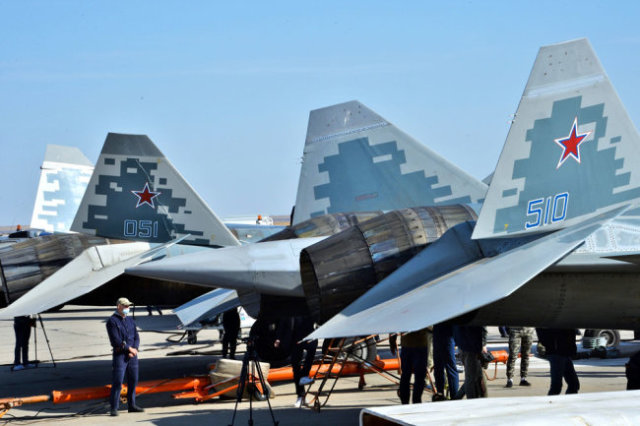Aircraft coloring can be divided into "livery" and "camouflage". And if the first type refers more to civil aircraft, then the second is an important element in reducing the visibility of a combat vehicle.
Rostec State Corporation told about how and according to what principles military aircraft are painted. The civil "livery" of an aircraft is not only protection from atmospheric effects, but also a means of identifying the aircraft at the airport. "Livery" is often used by combat vehicles on which aerobatic teams perform: it's no secret that the spectacular coloring increases the entertainment of the airshow.
Combat camouflage is of great practical importance. The aircraft paint scheme is a document being developed in the design bureau. There are two main types of color application: solid color and deforming.
The first task is to reduce the visibility of the aircraft on a typical background. For example, the Su-30SM lead-colored fighters stand out much less against the background of the water surface.
Deforming coloring helps to reduce the visibility of the fighter on variable backgrounds. For example, the Su-57 has a "pixel" camouflage: the spots are not arranged randomly, at different distances from the aircraft they form visual groups and "break" the contours of the aircraft. The newest Checkmate has a similar "digital" coloring.
Before painting, the entire surface of the aircraft is cleaned with soap and solvents. The bottom and side of the body are painted with airless spray installations, on top - with a spray gun.
It is mandatory to apply on-board information and identification marks to the aircraft through special stencils. All the work takes several days.
Now domestic enamels are used to paint combat vehicles in all thickets. Promising coating systems are distinguished by additional properties. For example, radio-absorbing or heat-protective.
Maya Biryukova

